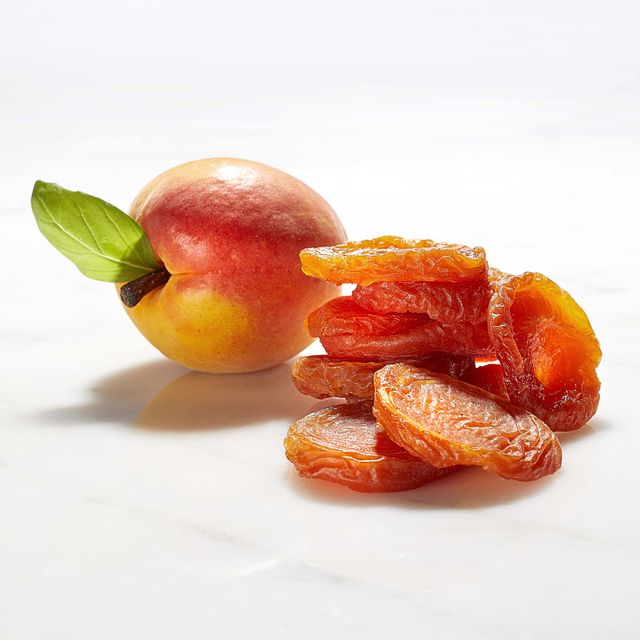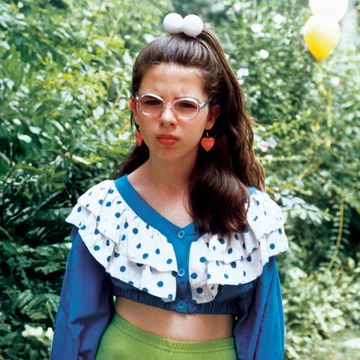“Somewhere between a peach and a prayer.” That’s how the poet Diane Ackerman describes eating an apricot. And that’s just for starters; she goes on to compare the taste of apricots to cool, fresh well water, butter-scotch, and eventually lust. I can’t argue with that. Nothing beats the flavor of a truly great apricot. But chances are you’ve never tasted one.
Blenheim apricots—named for Blenheim Palace, where Winston Churchill was born—entice you with an intoxicating scent of honeysuckle and vanilla, a perfume intense enough to knock you over. Take a bite and you discover that the sweetest apricot you’ve ever eaten is also tart. The experience is exciting; the fruit goes leaping through your mouth in somersaults of flavor. And where ordinary apricots can be dry and woolly, a juicy Blenheim leaves you with sticky fingers.
Eating a fresh Blenheim is one of life’s purest pleasures. It is also among the rarest. Blenheims are delicate creatures; their fragile skins bruise too easily to permit travel. You have to go them—to a farm or a California farmers market during their brief summer season. But Blenheims have a secret: Unlike most fruit, they’re even better dried. These apricots revel in radiance, and a few days in the summer sun concentrates their finest qualities, turning them into irresistible natural candy.
Blenheims first arrived in America in the late 1800s, when farmers discovered that California’s interior valleys, with their hot days and cool nights, were the perfect environment for the fruit. During World War I, when European supplies of dried fruit were cut off, sales soared. By 1940 there were some 60 orchards south of San Francisco dedicated to Blenheims. Sadly, only about five remain; the American Blenheim is in serious danger of disappearing.
What happened? Four words: Turkey and Silicon Valley. “Twenty years ago,” says Patti Gonzales, of ApricotKing Orchards in Hollister, “Turkish apricots hit the market, and the dried fruit packers began buying them because they were so much cheaper than ours. A lot of farmers went out of business.”
Go to your supermarket and you’ll find the shelves filled with insipid Turkish dried apricots; with their pallid hue and dull flavor, they don’t resemble Blenheims in any way. “It didn’t help that land around here became too valuable to farm,” says Gonzales, whose husband is a third-generation apricot farmer. “Last year 39 acres sold for $65 million.”
Serve Bleinheims with prosciutto, toasted almonds, or dark chocolate.
“We were lucky here at ApricotKing,” she says. “We simply reinvented ourselves.” When processors said their apricots were too expensive, they began drying them at the farm, spreading them across nine acres to bask in the sun. “We used to sell apricots by the truckload,” she says. “Now we sell them by the half-pound.”
How long will Blenheims last? It’s anybody’s guess, but there are fewer every year. If you want to taste a fresh one, you’ll have to wait until summer. But dried apricots, those little edible prayers, are just a click away.

Reichl is an award-winning writer and editor. She is the author of nine books, including, most recently, My Kitchen Year, and her first novel, Delicious!














